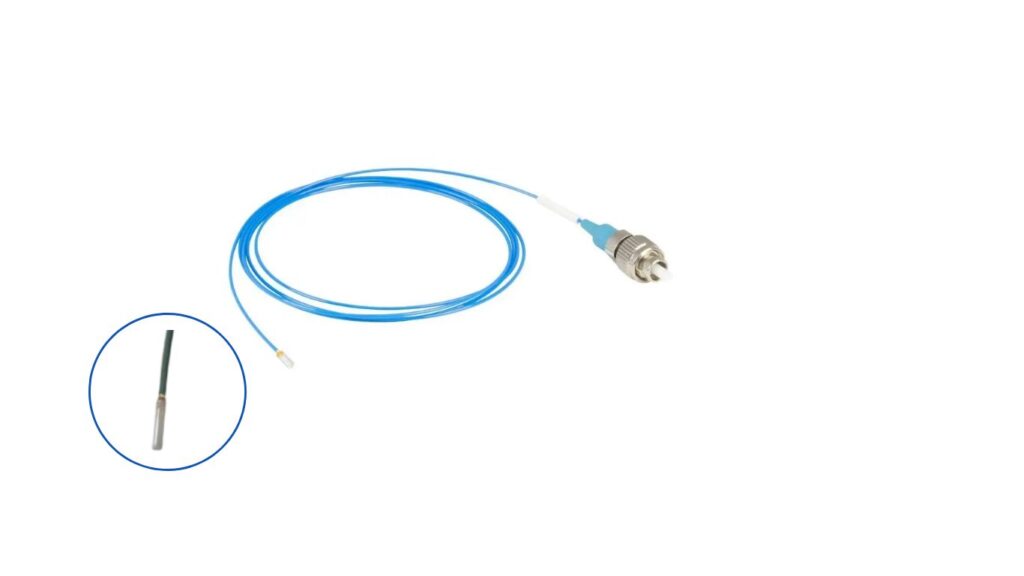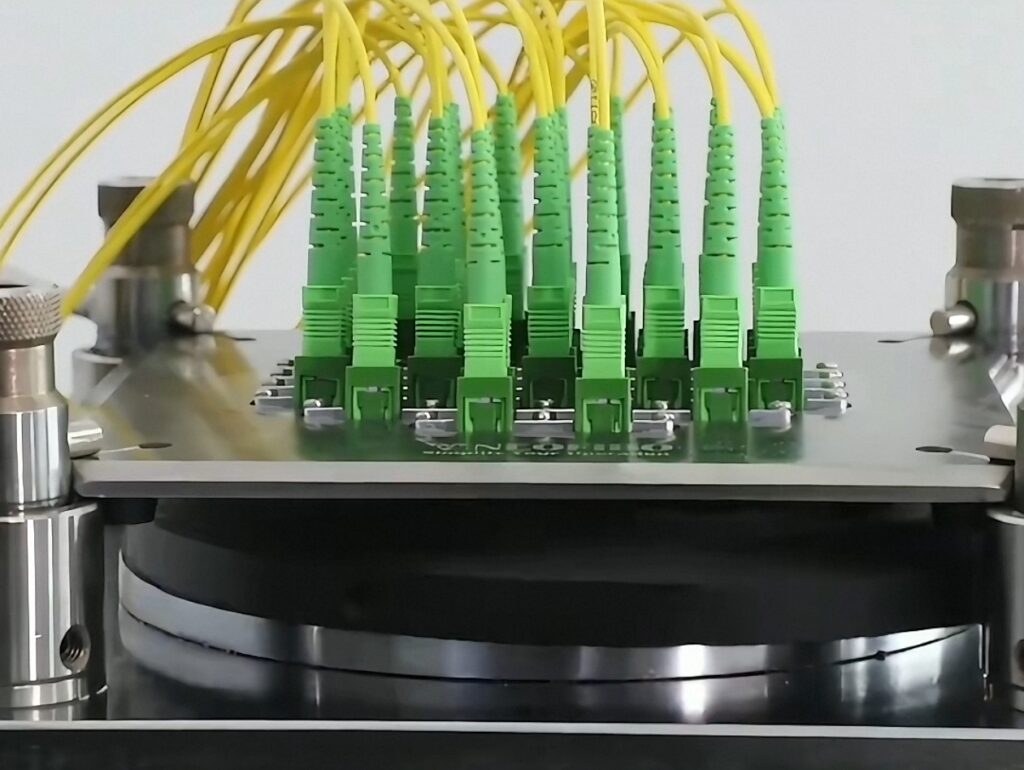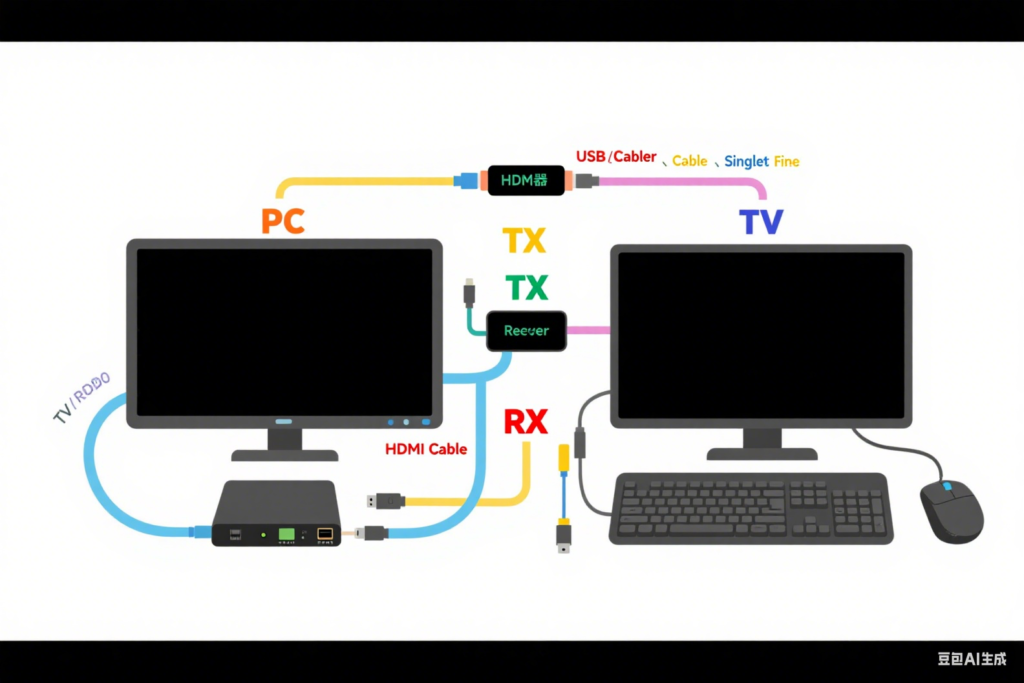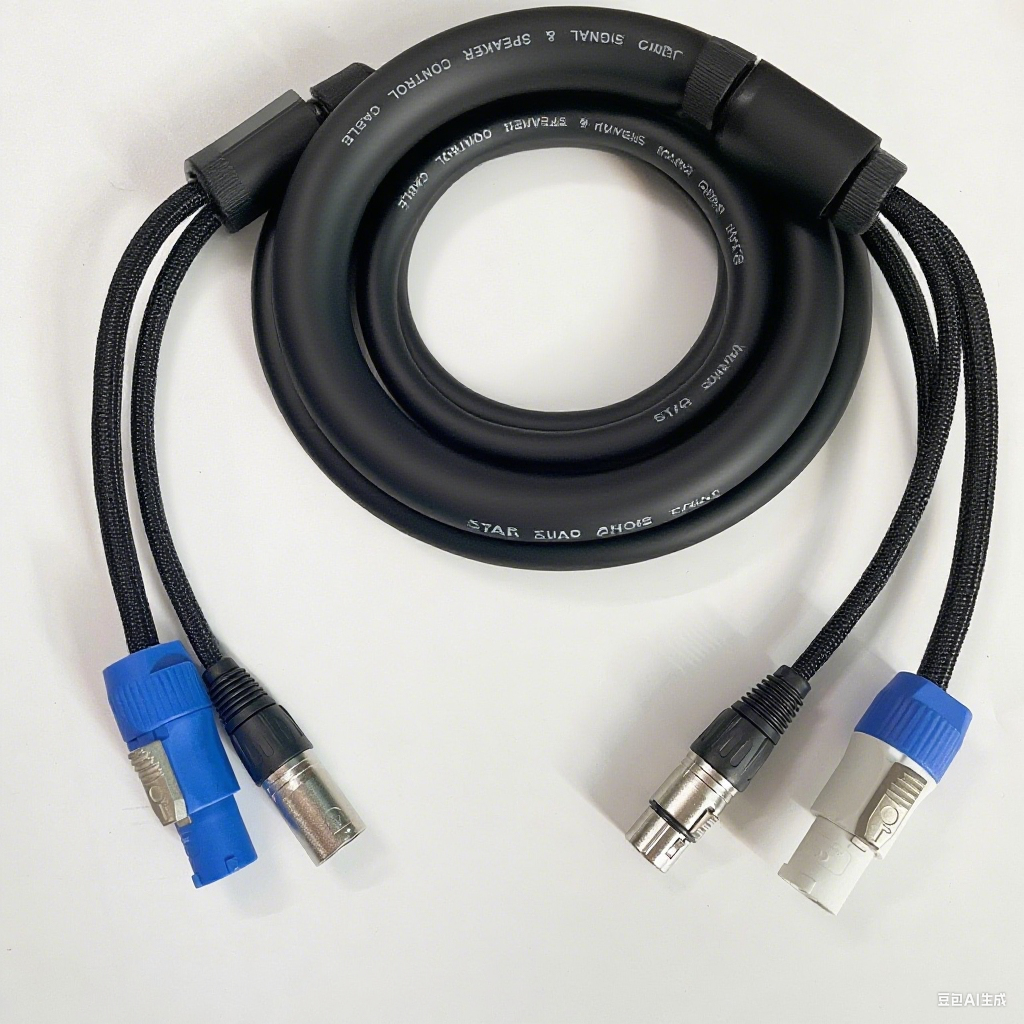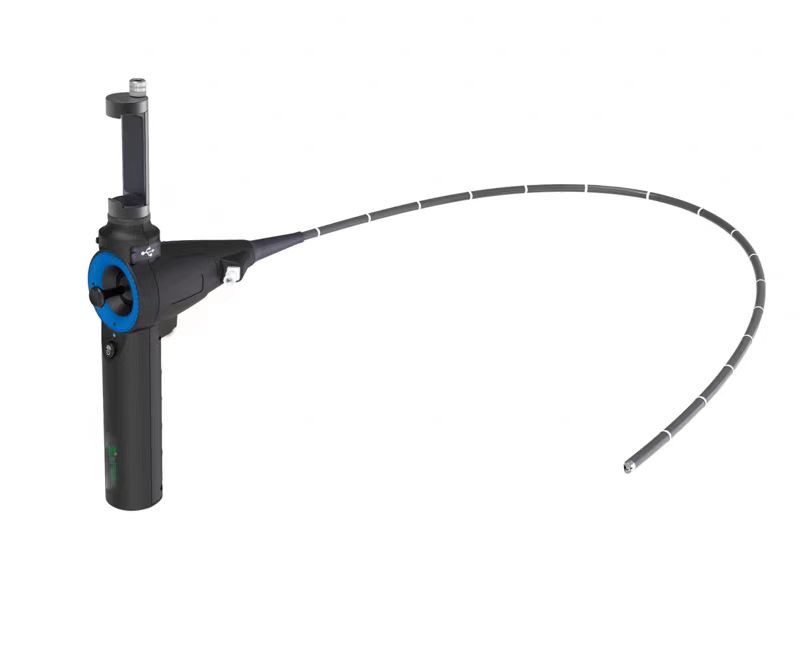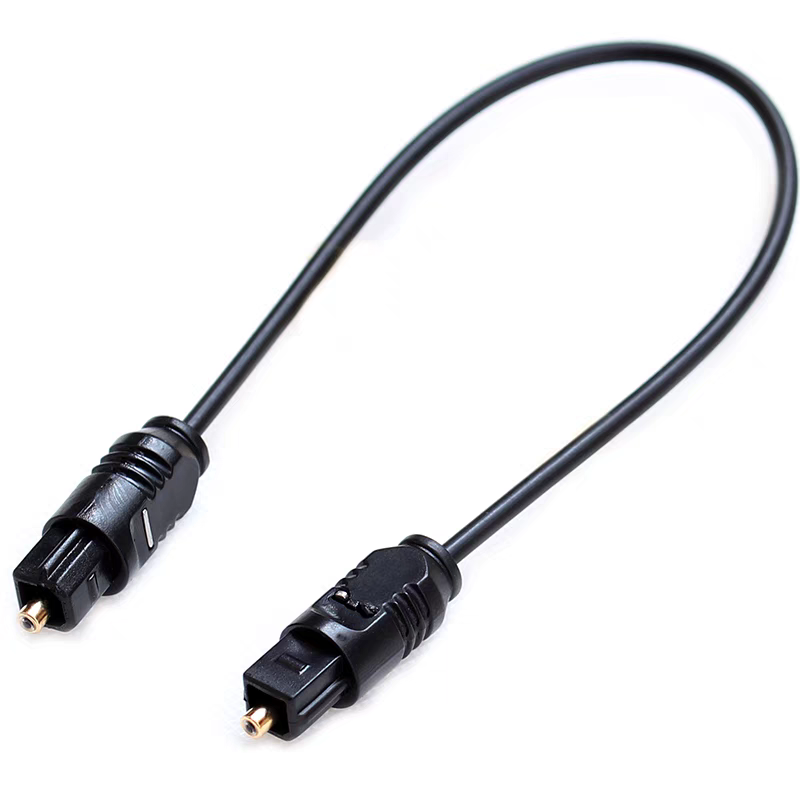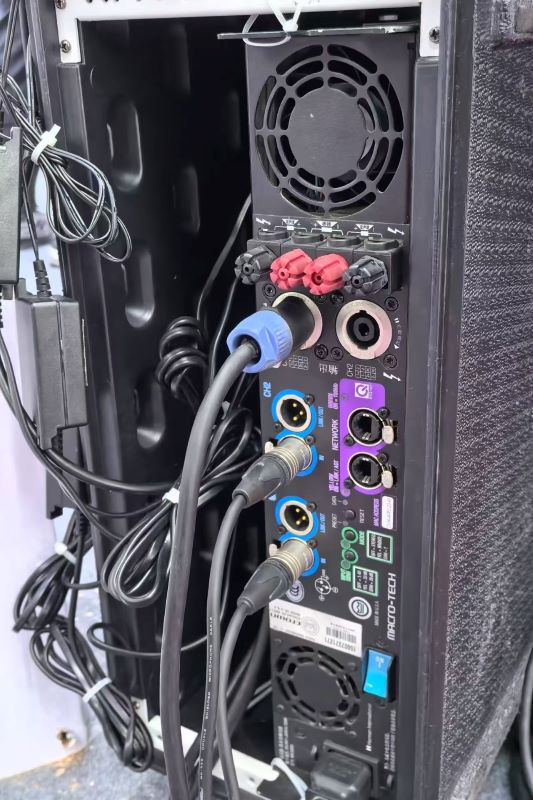END CAP CABLE Beam Expansion Fibre
Within the specialised field of fibre optic technology, END CAP CABLE beam expansion fibre plays a pivotal role in high – power laser applications and similar scenarios due to its unique structure and performance characteristics. Today, we delve into its applications and the key considerations for its use. I. Applications: The ‘Guardian’ for High – […]
END CAP CABLE Beam Expansion Fibre Read More »
